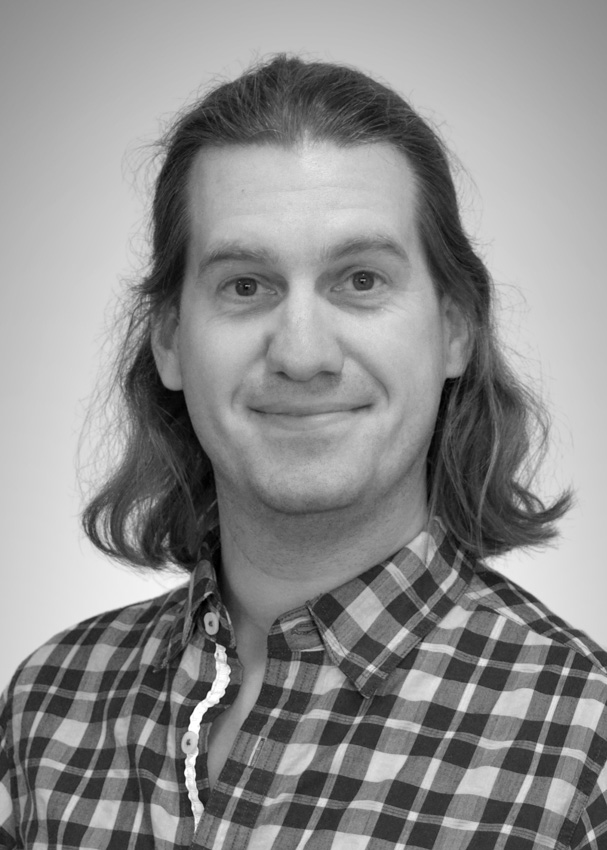Recently, Fact Water’s own Technical Director, Adam Kortan, wrote an article that was featured in popular AWT water treatment magazine, The Analyst. His article, Lessons Learned from the Design and Operation of a ZLD System, details his experience in assisting a power plant to transition into using a Zero Liquid Discharge (ZLD) wastewater system. From study to planning, permits to communication, he discusses the many challenges he faced in tackling such a project, and imparts the valuable lessons he learned from the experience.

Exerpt from Lessons Learned from the Design and Operation of a ZLD System
Introduction
A power plant in Colorado has recently undergone a drastic transition that is shared by many older plants across the country. The plant was originally built as four coalfired conventional units and operated that way for 50 years. Condenser cooling came from river water that ran through large cooling towers, eventually to be treated for ash removal and discharged back to the South Platte River.
Starting in late 2020, plans came together to modernize the plant and use it as a figurehead for the clean energy transition. Three of the coal units were decommissioned completely and one was converted to natural gas firing. A state-of-the-art combined-cycle generator was built,
bringing the total plant output up to nearly 1 gigawatt (GW). The wastewater treatment plant across the river started to supply the plant with a guaranteed source of water in the winter months, giving the power plant some certainty for full year operations as well as a guaranteed customer for the purple-pipe plant that otherwise had no winter users.
On top of all these physical transformations came the regulatory changes to the National Pollution Discharge Elimination System (NPDES) permit the plant used to send out its wastewater. Standards change over time to generally include more and stricter limits, and removal of coal from the site also tightened many of the limits that couldn’t feasibly be met while treating coal waste. In particular, the state-proposed limits to common anions— sulfate, chloride, and total inorganic nitrogen (TIN: nitrate + nitrite + ammonia)— that were impossible to meet with the existing treatment system.
About this time I started working as a chemist at the plant and was quickly brought into the process of figuring out how we would meet the new limits proposed by the state.
The remainder of this article will focus on the story of the design and build of a state-of-the-art zero liquid discharge (ZLD) wastewater system. We did many things right in the project, or at least the best we could, but we also made more mistakes than we were owed. Every project is going to be different but throughout this article, I will strive to give the reader a broadly relevant document on how to learn our lessons and avoid the consequences in your own future projects.
